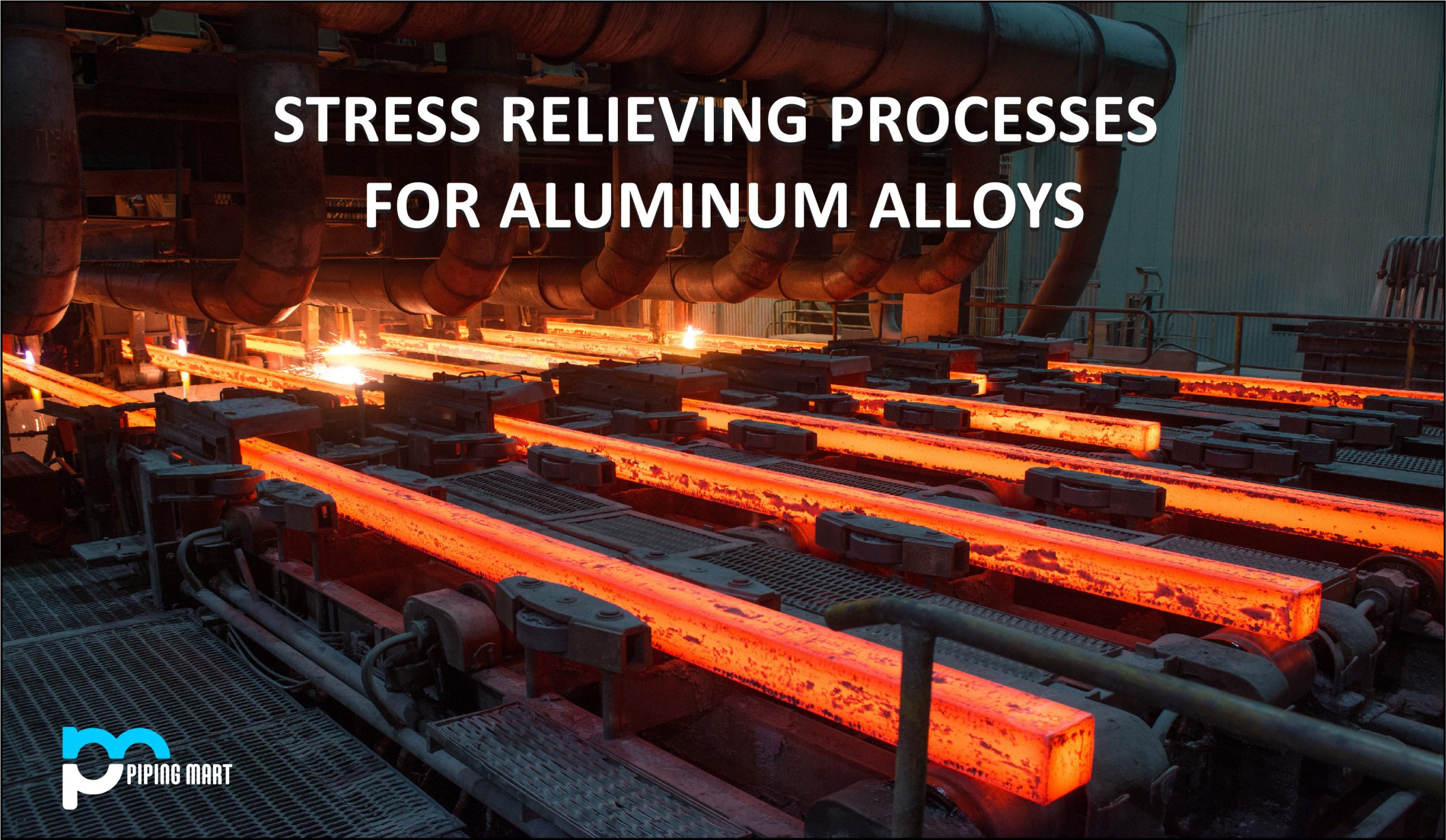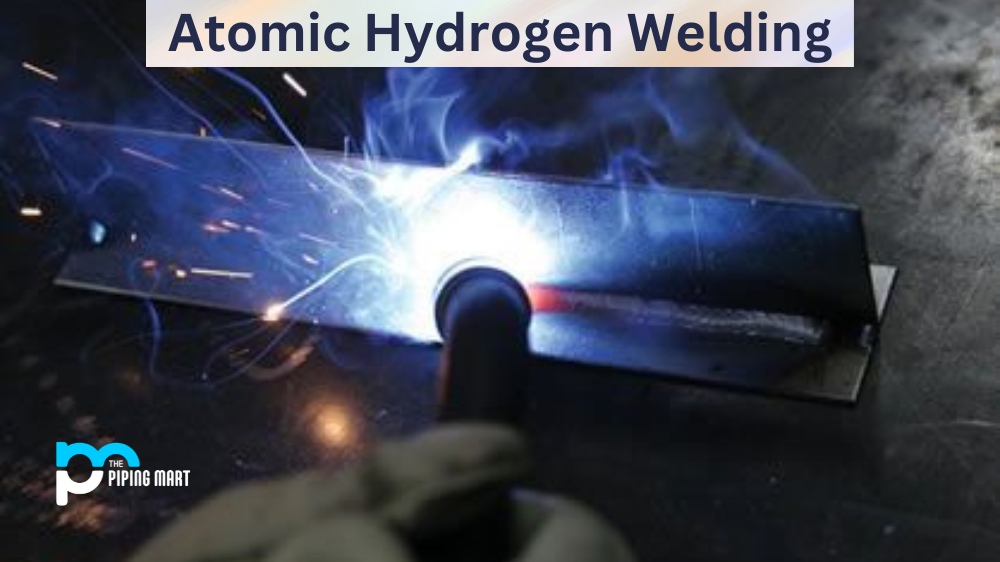What is stress relief?
In mechanics, stress is defined as the measurement of internal forces caused by particles within a material exerting pressure on one another. The term used to measure this stress is strain, which indicates the amount of deformity caused by a material’s internal stress. It is important to note that, even if the stress is internal, the pressure applied to the material can be external, such as a metal bar supporting the weight of another object. Internal deformities can occur if the object is so heavy that the amount of stress overwhelms the bar.
A variety of mechanisms can cause strain within a material. External forces can apply stress to the bulk of the material (for example, gravity) or its surface (Ex: contact forces, external pressure, friction). Residual stress is a common type of stress that is often left over from the manufacturing process. Residual stress can make an alloy more prone to deformation, corrosion, and metal fatigue. Structural stress determines how well a material’s tensile strength will hold up under applied forces and conditions. There is also thermal stress, which is caused by extreme temperature changes, which cause the metal to expand and contract.
What are the most common heat treatment methods for aluminum?
A variety of heat treatment methods are one of the most common ways to provide stress relief in metal. There are several methods for heat treating aluminum. Aluminum alloys are frequently work hardened early in the production cycle. The purposeful plastic deformation of a workpiece, also known as strain hardening, will alter the crystalline structure within the metal, which can then be reset through annealing.
The aluminum is heated for up to three hours at temperatures ranging from 570°F to 770°F. This will relieve the stress caused by the work hardening process and aid in the resolution of warping and other issues. Annealing has the advantage of being able to be used on alloys that are not heat treatable, such as those in the 3xxx, 4xxx, and 5xxx series. If the alloy number contains an H2, it has been annealed.
Solution heat treatment is a different type of heat treatment. This is when the metal is immersed in a high-temperature solution (between 825 °F and 980 °F) and then quenched to quickly cool the material. This traps dissolved elements, which precipitate out and cause age-hardening. The metal will be easy to work with immediately after quenching, but it will gradually harden and become more difficult to work with.
How can cryogenics help with the stress relief of aluminum?
Cryogenics is another approach to stress reduction. In this procedure, liquid nitrogen is introduced to an aluminum component in a special tank. Depending on the type of alloy and thickness, the metal will cool to a maximum temperature of -300°F and stay there for a predetermined period. Following that, it is gradually warmed to room temperature.
The cryogenic method of heat treating is an alternative to the more popular ones. It improves wear and corrosion resistance and relieves residual stress. Aluminum will exhibit less distortion after undergoing this treatment, and it will also be stronger and more resilient. Reduced stress cracking, a lower coefficient of friction, and increased impact resistance are additional advantages. The finished parts will last longer after having been treated in this way and will be more amenable to machining and redressing.

Pipingmart is B2B portal specializes in industrial, metal and piping products. Also, share latest information and news related to products, materials and different types grades to help business dealing in this industry.




